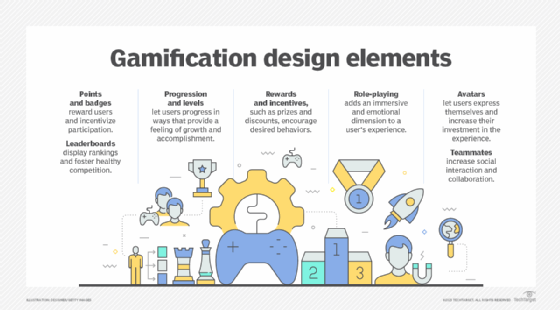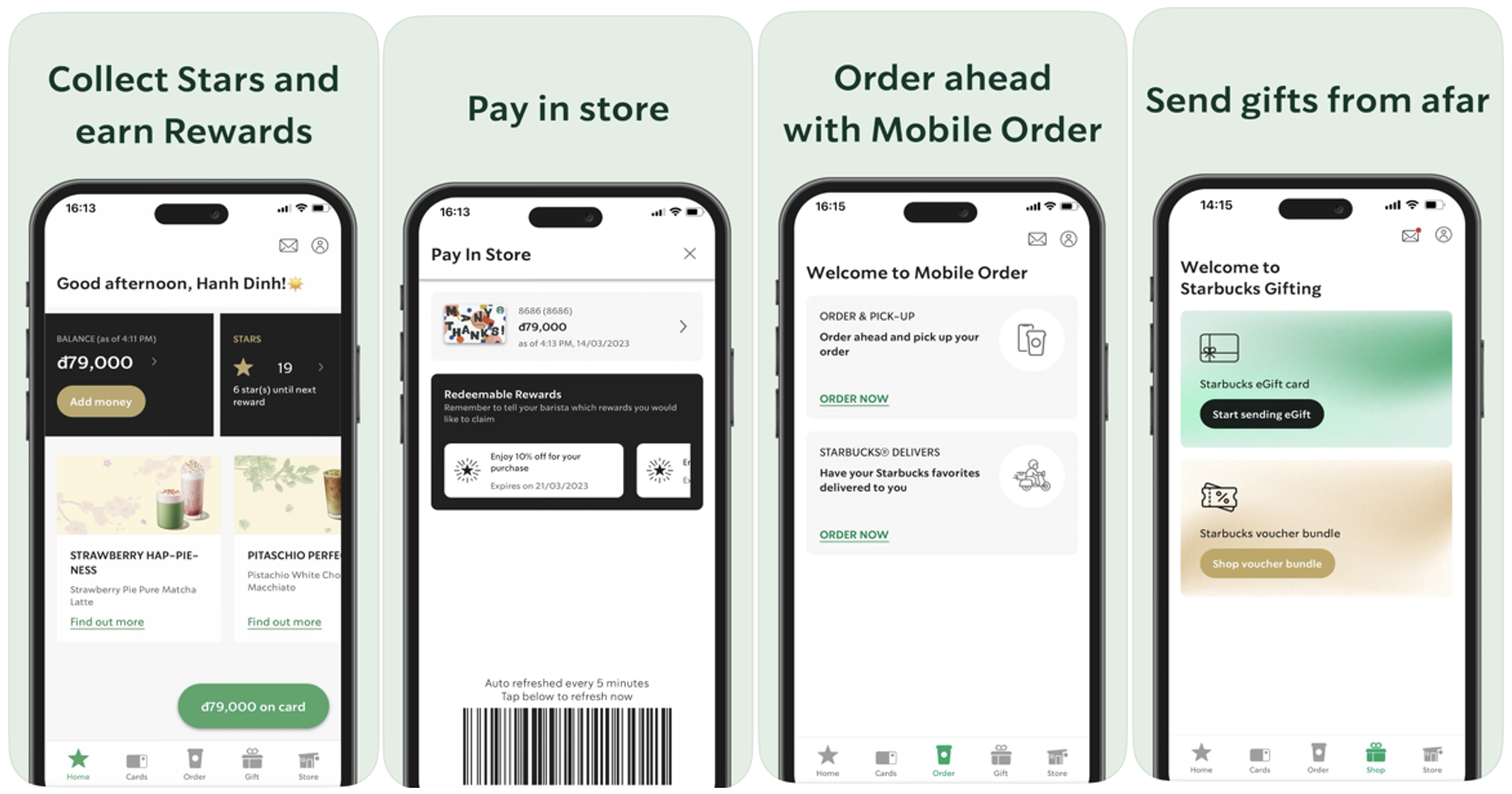Analyzing the Effectiveness of Gamification in Digital Marketing: Engaging Users in Unexpected Ways
Meta Description: Explore how gamification transforms digital marketing strategies by enhancing user engagement and fostering loyalty through innovative techniques and real-world examples.
In an age where consumer attention is elusive and competition is fierce, today’s marketers need every advantage imaginable to capture and retain the interest of their audiences. Gamification—the application of game design elements in non-gaming contexts—has emerged as a powerful tool to enhance engagement strategies in digital marketing. This comprehensive blog will dive deep into the effectiveness of gamification, illustrating how it can foster connections, increase loyalty, and ultimately improve marketing outcomes.
Meet the Author: Axel Krüger, a passionate digital marketing expert with over 5 years of experience, has helped numerous businesses optimize their marketing strategies, enhancing their engagement and growth.
What is Gamification?
Gamification involves integrating game elements—such as points, badges, and leaderboards—into marketing practices to engage and motivate users. Unlike traditional marketing approaches that simply provide information, gamification taps into users' intrinsic motivations by adding fun and competitive aspects. This interplay encourages deeper interaction with brands, ultimately leading to increased engagement and loyalty.

The Key Elements of Gamification
- Points: Users earn points for specific actions (e.g., signing up, completing tasks) which can be accumulated for rewards.
- Badges: Visual icons signify achievements and encourage users to reach further goals.
- Leaderboards: Displaying rankings fosters a sense of competition among users.
- Challenges: Engaging users through tasks or contests keeps them actively involved.
The Science Behind Gamification
Gamification is more than just fun; it is grounded in powerful psychological principles that drive user behavior. Here’s a look at some key factors:
- Intrinsic Motivation: Gamification taps into users' natural desires for achievement, competence, and social interaction.
- Reward Systems: Creating a structured reward system can lead to satisfaction and recurring engagement, as users associate these rewards with positive experiences.
- Enhanced User Experience: By gamifying interactions, companies can create a playful environment, making the user experience enjoyable and motivating.
The Impact of Gamification: Statistics and Findings
Research consistently demonstrates the effectiveness of gamification in digital marketing. Here are some noteworthy statistics to highlight its potential:
- Incorporating gamification can boost engagement rates by up to 100% (Source: Gallup).
- 80% of users reported greater motivation to complete tasks when gamified (Source: TalentLMS).
- Gamification elements can lead to a 50% increase in online sales (Source: Aberdeen Group).
These statistics underline the capability of gamification not merely as a trend, but as a practical strategy for enhancing customer interactions.
Case Studies: Successful Gamification Initiatives
Let’s explore how top brands have effectively applied gamification:
Nike+
Nike successfully utilized gamification through the Nike+ platform. By allowing users to track their runs, share achievements on social media, and compete with friends, Nike turned fitness into a community-focused initiative. Runners earn points and receive virtual badges for their progress, creating a rewarding experience that motivates users to push their limits.

Starbucks Rewards Program
Starbucks has implemented gamification within its loyalty program, where customers earn stars for every purchase. These stars can be exchanged for free drinks, discounts, and special offers. The gamified elements encourage customers to visit more frequently and engage more deeply with the brand, strengthening loyalty and satisfaction.

E-commerce Applications
In the e-commerce space, platforms like eBay and Amazon have adopted badges and points systems for product reviews and customer purchases. This approach incentivizes customers to interact with the platform more frequently while establishing trust within the community.
Analyzing User Engagement Metrics
When discussing gamification’s effectiveness, it’s important to highlight relevant user engagement metrics. Here are key performance indicators impacted by gamification:
- Engagement Rate: Companies implementing gamification have reported an increase in user engagement rates of around 30%.
- User Retention: Gamified experiences can lead to a 25% increase in retention rates within the first year.
The significant effect on engagement and retention illustrates gamification’s powerful role in marketing strategies.
Cost-Effectiveness of Gamification
Implementing gamification doesn't always require substantial investment. Consider these points:
- Cost-Benefit Analysis: Many businesses have found that the return on investment (ROI) of gamification campaigns often exceeds the initial costs.
- Small Business Opportunities: Even small businesses can harness gamification effectively. Simple points systems or engaging social media challenges can enhance customer experience without significant costs.
Best Practices for Successful Gamification
To harness the full potential of gamification, here are essential guidelines and pitfalls to avoid:
Guidelines:
- Keep It Simple: Gamified elements should be easy to understand.
- Set Clear Goals: Clearly articulate what users need to do to earn rewards.
- Foster Community: Integrate social elements; users should be able to share their achievements, enhancing the fun.
Pitfalls to Avoid:
- Overcomplication: Avoid creating overly complex systems, as they can frustrate users.
- Neglecting Feedback: Regularly seek feedback from users to refine gamification strategies.
Current Trends in Gamification
As technology evolves, several trends are emerging in gamification:
- Mobile-First Gamification: With increasing mobile usage, gamified strategies are becoming more adaptable to mobile platforms.
- Integrating AI: Personalized experiences driven by AI can enhance gamification by offering tailored challenges based on user behavior.
- AR/VR Integration: The integration of augmented and virtual reality in gamification strategies is gaining traction, providing immersive experiences that captivate users.
The Future of Gamification in Marketing
Looking ahead, gamification is poised to further influence marketing trends. As AI and machine learning technology continue to evolve, marketers can expect deeper personalization and innovative approaches to engaging audiences. Understanding these shifts will become crucial for businesses aiming to stay competitive.
Final Thoughts
Gamification is a dynamic tool that can transform digital marketing strategies by enhancing engagement, loyalty, and customer experience. By providing meaningful experiences through gamified elements, brands can foster deeper connections with their audience.
As a marketer, implementing gamification in your campaigns can create unique engagement opportunities. Consider starting with small pilot projects or tweaking existing strategies to assess what resonates with your audience.
Unleash the power of gamification today and transform your marketing approach! Explore related content, subscribe to our newsletter for more insights, or start discussing how your brand can effectively incorporate gamification into your digital strategy. Your next successful campaign could be just one game away!
